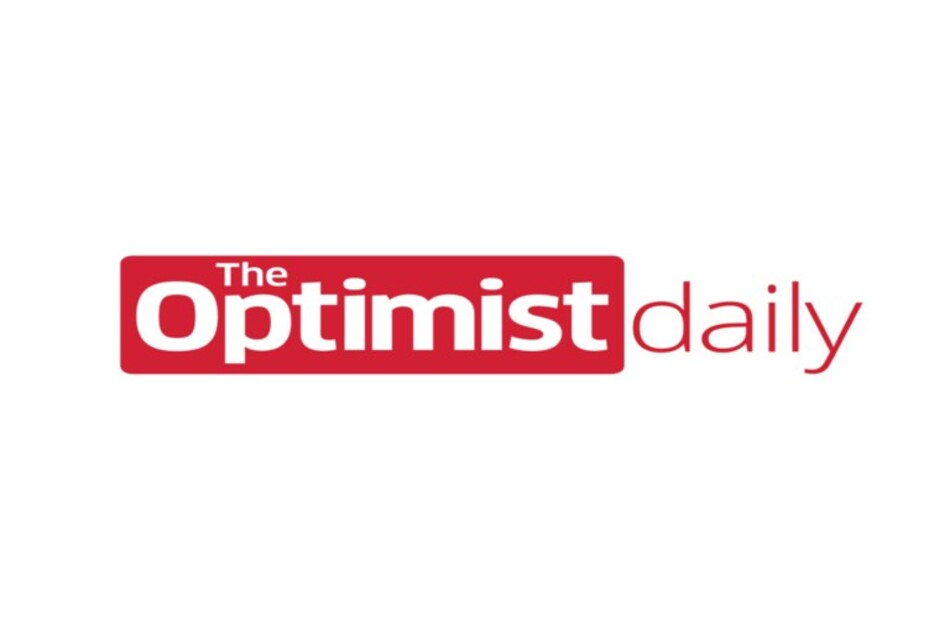In the 1990s, the government of Chile noticed that people of the indigenous population were hesitant to make use of the Western hospitals. They decided to financially support some indigenous health care providers and programs in areas of the country with indigenous populations. It turns out this was the start of the growth of a public health care that mixes Western and indigenous health care systems in a successful way. Nowadays, also the non-indigenous people are finding their way to Mapuche medicine, the system of medical treatment historically used by the Mapuche people of southern Chile. Their treatments are mainly based on rituals, thermal waters and herbs. In the West, governments are often reluctant to support non-Western health care providers, so it’s inspiring to read about the Chilean approach in this New York Times article.

Chile successfully combines Western medicine and indigenous Mapuche medicine
More of Today's Solutions
California’s first wildfire-resilient neighborhood in Escondido
BY THE OPTIMIST DAILY EDITORIAL TEAM In response to California's escalating wildfire threat, homebuilder KB Home has launched what it calls the first "wildfire-resilient" ...
Read MoreSeize (back) the day: how to eliminate your top 3 time wasters
BY THE OPTIMIST DAILY EDITORIAL TEAM Even the most motivated individuals can feel the day slip away. Between scrolling through screens, impromptu meetings, and ...
Read More3 simple ways to promote longevity in your body
On a podcast from MindBodyGreen, Harvard geneticist David Sinclair explained that what drives the aging process is the lack of stress our bodies experience. ...
Read MoreThese microbes could help honey bees thrive
As we like to remind our readers a lot at The Optimist Daily, honeybees are essential for our planet's ecosystem. Humans rely on these ...
Read More









